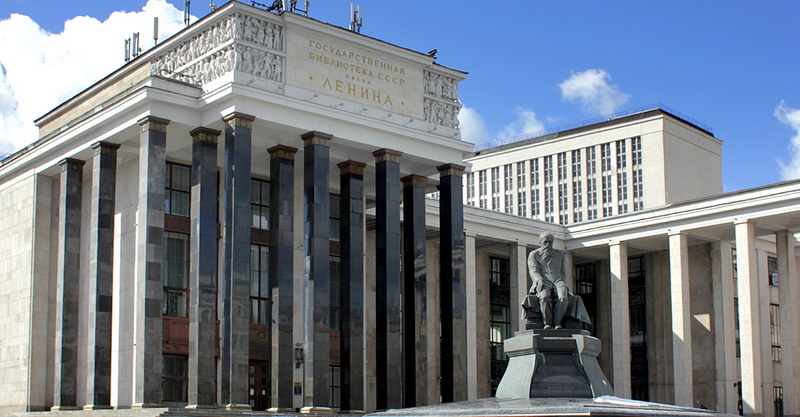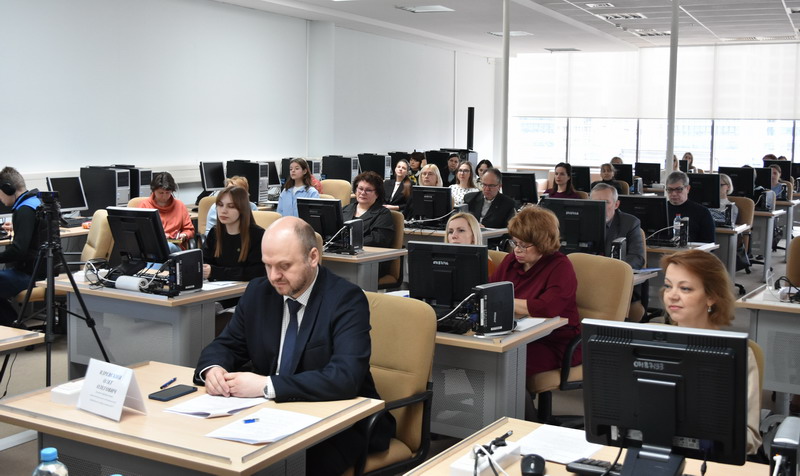The thematic exhibition “Earth Population: Forecasts, Trends, Problems” dedicated to World Population Day is on show in the Official Documents Service Department (room 207) from July 1 to August 5.
This Day is annually celebrated on July 11 by decision of the Governing Council of the United Nations Development Program (UNDP Decision 89/46, para. 21). It was first held in July 1987 and was dedicated to the birth of the five billionth resident of the planet.
Its purpose is to draw public attention to population issues, programs for the general development of the population, as well as demographic problems in the world.
The total population of our planet is growing rapidly every year. The world population more than doubled from 1960 to 1999, having crossed the 6 billion mark in October 1999. In 2011, it reached the mark of 7 billion people. Today, the world's population, as of January 1, 2020 amounted to 7.7 billion people, continues to grow and will reach 9.7 billion people by 2050, and by the end of the century it will increase to about 11 billion people.
Rapid population growth and mobility, aging and urbanization, these unprecedented demographic changes in the world promise great opportunities, but at the same time they turn into serious problems. The population growth affects the state of ecology, natural resources, social and economic development. Numerous crises, food, fuel, environmental, financial, create significant problems and encourage the world community to realize the need to pay much more attention to demographic problems and the fundamental elements of sustainable development.
World Population Day calls on the inhabitants of the Earth to prevent the depletion of the planet, to focus on finding optimal ways to resolve the current demographic situation and to ensure a decent standard of living and health for every inhabitant of the planet.
A specialized international agency, the United Nations Population Fund (UNFPA), was created within the UN system in 1969. The foundation manages the operational activities of the UN system in the field of population, helping developing countries and countries with economies in transition to find solutions to their demographic problems.
The cooperation of Belarus with UNFPA began in 1994. The foundation is based on national priorities and works closely with the Government of the Republic of Belarus, UN agencies, public organizations, international and national experts. The cooperation between our state and UNFPA is characterized by stable positive dynamics. The second UNFPA country program for Belarus for 2016–2020 is currently under implementation with a budget of $ 3.7 million. Its priority components are population and development, gender equality, reproductive health. Belarus and UNFPA are expanding areas of cooperation and consider promising work on the topics of population aging, as well as support for people with disabilities.
The exposition brought to the attention of readers and visitors of the library demographic trends, estimates and projections in the field of population, world demographic statistics and population policies.
The exhibition includes the following thematic sections:
-
Population and demographic trends: global statistics
-
World population: history, problems, research UNFPA activities
-
Population, environment and sustainable development
-
Demographic situation and human resources of the Republic of Belarus
The exposition includes about 100 documents: books, brochures, periodicals, mimeographed materials. Most of the exhibition consists of documents from international organizations in Russian and English languages.
The exhibition will be useful for teachers, graduate students and students of higher educational institutions (humanitarian and economics), scientists, specialists in the field of demography, sociologists, employees of government, as well as everyone who is interested in socio-demographic and socio-economic problems.
Related links:
United Nations Population Fund (UNPF)
Global Agenda Issues, Population
World Population Day (UNFPA)
Documents Commission on Population and Development
UN Population Award Committee
UN HABITAT
21st GA Special Session on Comprehensive Review and Evaluation of the Implementation of the Program of Action of the International Conference on Population and Development (June 30 - July 2, 1999)
Programme of Action of the International Conference on Population and Development beyond 2014
International Conference on Population and Development (September 5–13, 1994)
World Population Day
Documents. Key UN reviews and reports in the economic and social fields:
Population
Demographics
The brief report “Population, Development and HIV / AIDS with a Focus on Poverty” (2005)
Population Dynamics and Sustainable Development (Section I, Chapter 5, Agenda 21)
Settlement Declarations
The opening hours of the exhibition correspond to the library’s opening hours.
Admission is by library card or by the ticket of the library's social and cultural center.
For more info: (+375 17) 293 27 34.
Official Documents Service Department













